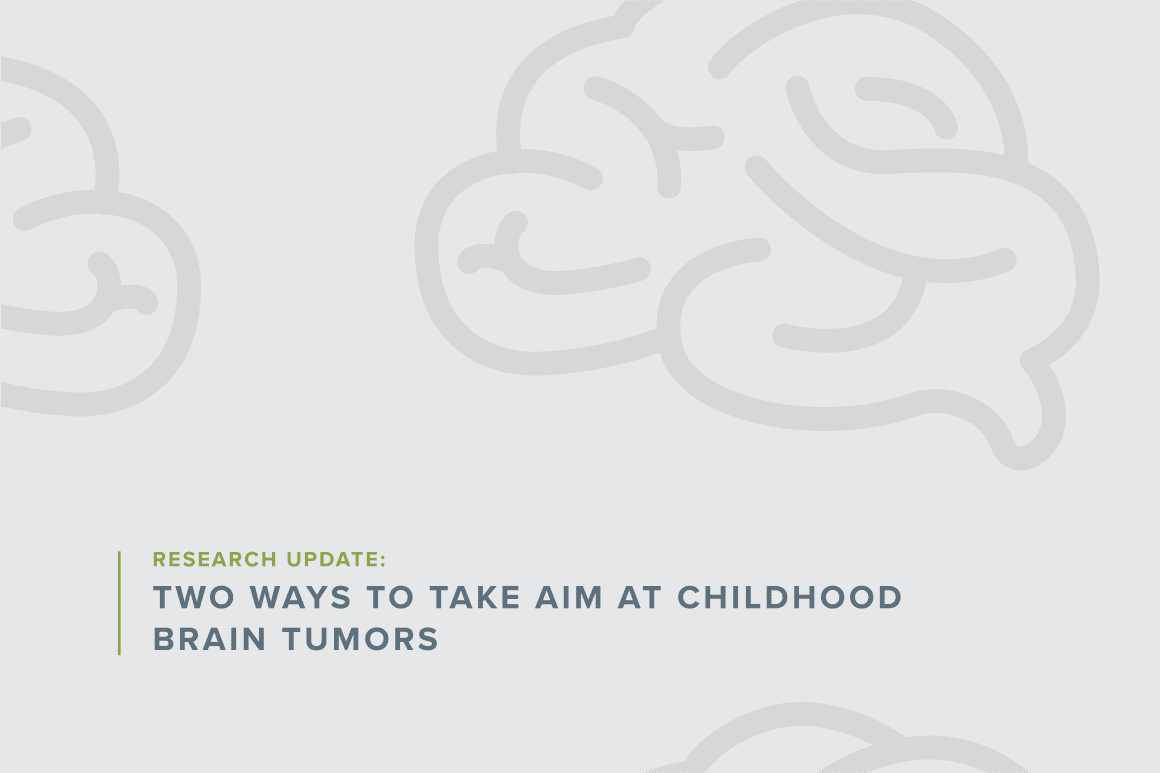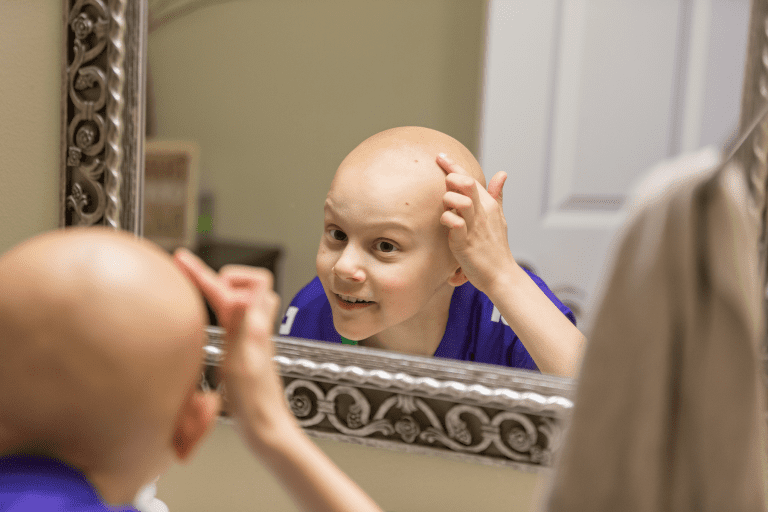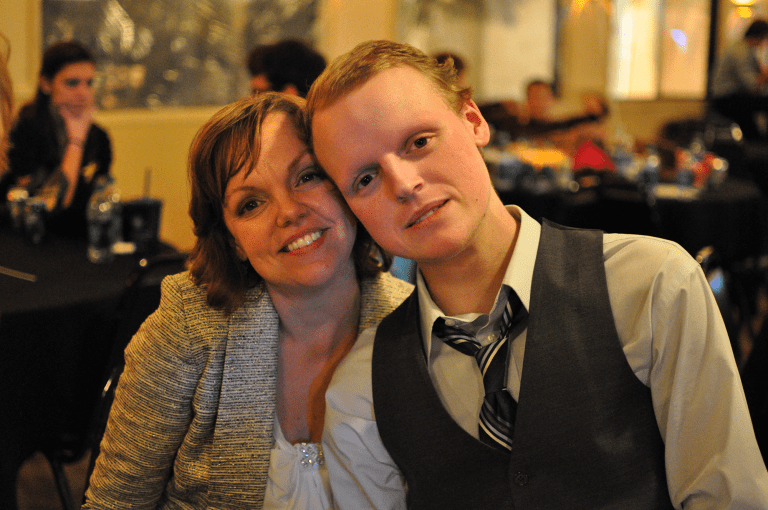A cancer diagnosis is always terrible news, but a brain cancer diagnosis is an especially scary diagnosis for families. For example, pediatric glioblastoma, a cancer found in both the brain and spinal cord, has a survival rate that sits at about 20%. There are two main reasons for this low survival rate.
First, the initial stages of glioblastoma are rarely detectable. By the time it is causing enough symptoms to motivate a doctor visit, the tumor is too large and complex to be completely removed during surgery. Second, these tumors can quickly become resistant to the chemotherapy used to treat them. When that happens, the cancer becomes incurable.
Dr. Okay Saydam, MSc, PhD, a researcher at the University of Minnesota, has been working on ways to beat brain tumors for the past 15 years. Thanks to Dream donors like you, he is taking aim at lethal brain tumors, including glioblastomas and another type of brain tumor called medulloblastoma. He will be doing this in two different ways: by catching and diagnosing them earlier and by finding ways to break down their strong, chemoresistant defenses with a new, more targeted drug.
“I wouldn’t call what we’re creating a treatment, I’d call it a cure,” Dr. Saydam said. “We’re working toward a cure that is accessible, cheap and effective.”
Early detection of potentially deadly brain tumors
One of Dr. Saydam’s greatest goals is to develop a diagnostic screening tool to detect and diagnose glioblastoma and medulloblastoma at far earlier stages of growth.
“When patients come in today, the tumor is the size of a golf ball or bigger,” Dr. Saydam said. This means it’s often too large or too near essential parts of the brain to be removed safely during surgery. With brain tumors especially, it is not always possible to remove whole tumors, leaving cancer cells remaining. Patients relapse soon after surgery.
Dr. Saydam intends to detect a tumor early on by creating a screening tool that could test a drop of blood right after a child is born. The newborn screening will check for markers that will tell doctors if a child has glioblastoma or other brain tumor cells in their body before a child is even symptomatic.
“We’re trying to detect it when it is smaller than a bean,” he said.
The smaller the tumor is when it is first uncovered, the more likely it is that surgery could be a curative treatment option.
A targeted drug treatment
Dr. Saydam’s second goal is to create a lifesaving drug that can kill glioblastoma and other kinds of brain tumor cells without being paired with chemotherapy.
Today, current treatment protocols or drugs used to treat glioblastoma typically prolong a child’s life for only a few months. Eventually, the cancer cells form a defense mechanism against the chemotherapy treatment, and it becomes ineffective. Some researchers are trying to find drugs they can combine with chemotherapy in the hopes that the combination will kill any remaining cancer cells, but this means patients still deal with brutal side effects of chemotherapy without any guarantee of a cure. Meanwhile, the cancer cells are building up their defenses.
Dr. Saydam’s research uncovered just how brain tumors like glioblastoma build up this chemoresistance: They switch to a different DNA repair pathway, effectively disguising themselves from the child’s immune system or chemotherapy. Now, he is studying a drug that would stop cancer cells from using this disguise. In the lab, he and his team have identified a small molecule that causes what researchers call “massive killing” of glioblastoma and other kinds of brain tumor cells.
Developing this drug could completely change the news doctors give to parents when their child is diagnosed with glioblastoma said Dr. Saydam.
“My hope is that physicians could say, ‘Yes, we have a cure because this drug is so successful.’ My hope is they could tell their patients that scientists at the University of Minnesota created a drug that can cure what your child has. That’s my goal,” he said.
Why is your support crucial for Dr. Saydam?
Drug development is incredibly expensive and time-consuming. Your support of the Dream Fund is giving Dr. Saydam the vital resources to build a foundation for larger studies, which will eventually help him apply for bigger grants and turn his initial experiments into widely used treatment protocols.
Funding is difficult to get early in the research process because larger funding sources, like the National Institutes of Health, typically give to projects with bigger patient populations or research where all the relevant data has already been gathered. Thanks to your support of the Dream Fund, Dr. Saydam can launch a new, promising drug into the realm of lifesaving treatment possibilities for kids facing fatal brain tumors.
“This is an expensive process. We are testing one drug thousands of times, modifying it with a computer program, redesigning the drugs [and] testing in vitro,” Dr. Saydam said.
He added that once you have the data, the investors start to come. “It’s much easier to get funding, but this early stage is where we need it most, and it’s where the funding has the most potential,” he said.
Support Groundbreaking Research
Your support propels bold ideas forward and empowers researchers to discover treatments that are better and safer for kids, and ensure every child can have a long, healthy life after cancer.




